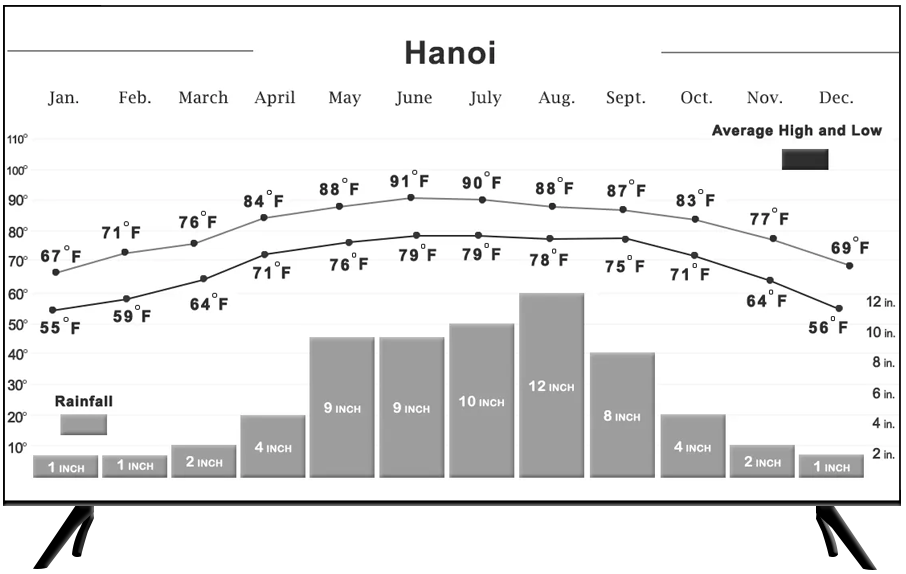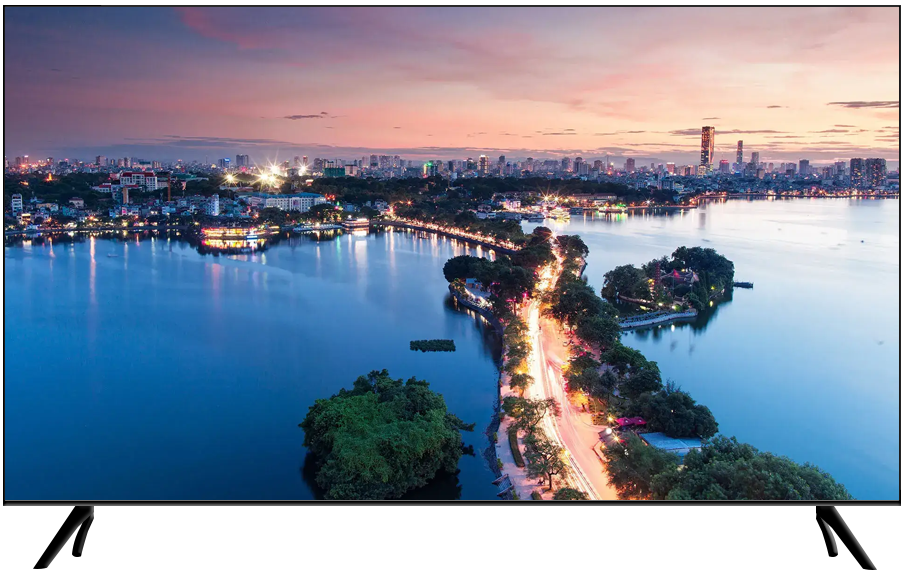


Day 2. Hanoi
Overnight – Capella Hanoi
Start your exploration of Vietnam’s capital with a visit to the Temple of Literature. Built in 1070 as a Confucian temple and school, this complex became Vietnam’s first university six years later. Multiple courtyards, water tanks, temples, and unique architecture are what you will notice first. A unique sight here is 82 large stone slabs (with large tortoise shaped bases of stone) that have the names and other details of doctoral laureates of the university from 1442 to 1779. It is common to see local students at the temple in school groups throughout the year, and large groups of them are here dressed in their finest during graduation periods. Walk around the complex and its gardens and explore several temples housing beautiful statues of the university’s founders and greatest scholars.
Next up is the impressive Ho Chi Minh Mausoleum complex. This site is highly revered by the North Vietnamese, and consists of several structures, including Uncle Ho’s (Ho Chi Minh) modest house on stilts, and of course the iconic mausoleum itself. This granite structure stands prominently above the parade area and grandstand at a height of 70 feet and is surrounded by meticulously maintained lawns and gardens. Please note that we do not recommend viewing the preserved body of Ho Chi Minh, housed inside, as this requires a 45 minute (minimum) wait in line, and no photos are allowed. Next to the mausoleum is the beautiful Presidential Palace, built between 1900 and 1906 as the French Governor General of Indochina’s residence. The Palace is not open to the public, but you can stop here for a photo opportunity of the front left profile of the structure, as well as its beautiful gardens. Ho Chi Minh refused to live in the palace and had a simple home on stilts built in the gardens, which you will walk through to admire its simplicity and austerity.
Return to the old quarter and break for lunch. After lunch you will experience a guided walk through the fascinating old quarter. When Hanoi was much smaller, this area was the residential, commercial, and manufacturing hub. Each street was dedicated to locals practicing a particular trade, and this practice has continued until today, except the fact that there are far more street food outlets and cafes, adding even more color to an already fascinating sight. Your Tour Director will walk you through streets such as Hand Dong street (copper wares street) Hang Tre street (bamboo wares street), and so on. Some streets have names referring to trades no longer practiced, such as Hang Buom street (sails street), and are now focused solely on Vietnamese candy and cakes. There are streets full of flower decorators and sellers, and many of the streets still have temples, pagodas, and communal structures from old times.
Start your exploration of Vietnam’s capital with a visit to the Temple of Literature. Built in 1070 as a Confucian temple and school, this complex became Vietnam’s first university six years later. Multiple courtyards, water tanks, temples, and unique architecture are what you will notice first. A unique sight here is 82 large stone slabs (with large tortoise shaped bases of stone) that have the names and other details of doctoral laureates of the university from 1442 to 1779. It is common to see local students at the temple in school groups throughout the year, and large groups of them are here dressed in their finest during graduation periods. Walk around the complex and its gardens and explore several temples housing beautiful statues of the university’s founders and greatest scholars.
Next up is the impressive Ho Chi Minh Mausoleum complex. This site is highly revered by the North Vietnamese, and consists of several structures, including Uncle Ho’s (Ho Chi Minh) modest house on stilts, and of course the iconic mausoleum itself. This granite structure stands prominently above the parade area and grandstand at a height of 70 feet and is surrounded by meticulously maintained lawns and gardens. Please note that we do not recommend viewing the preserved body of Ho Chi Minh, housed inside, as this requires a 45 minute (minimum) wait in line, and no photos are allowed. Next to the mausoleum is the beautiful Presidential Palace, built between 1900 and 1906 as the French Governor General of Indochina’s residence. The Palace is not open to the public, but you can stop here for a photo opportunity of the front left profile of the structure, as well as its beautiful gardens. Ho Chi Minh refused to live in the palace and had a simple home on stilts built in the gardens, which you will walk through to admire its simplicity and austerity.
Return to the old quarter and break for lunch. After lunch you will experience a guided walk through the fascinating old quarter. When Hanoi was much smaller, this area was the residential, commercial, and manufacturing hub. Each street was dedicated to locals practicing a particular trade, and this practice has continued until today, except the fact that there are far more street food outlets and cafes, adding even more color to an already fascinating sight. Your Tour Director will walk you through streets such as Hand Dong street (copper wares street) Hang Tre street (bamboo wares street), and so on. Some streets have names referring to trades no longer practiced, such as Hang Buom street (sails street), and are now focused solely on Vietnamese candy and cakes. There are streets full of flower decorators and sellers, and many of the streets still have temples, pagodas, and communal structures from old times.

